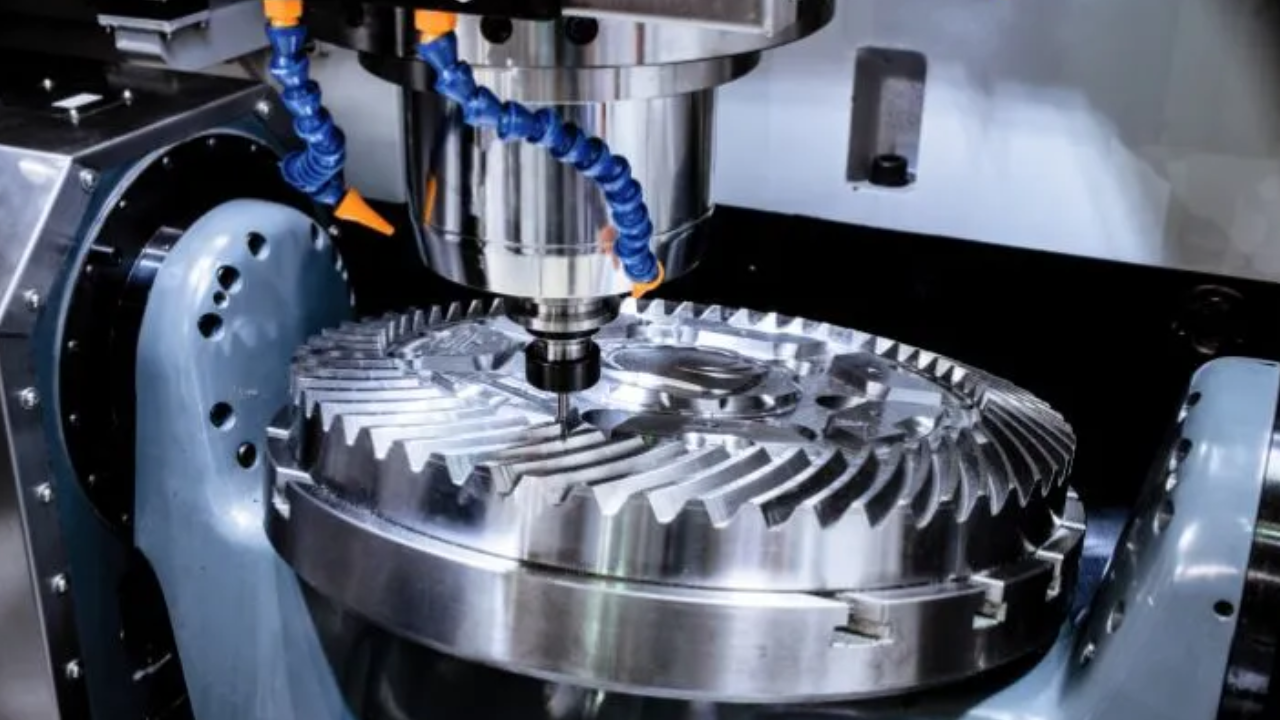The process of creating excellent 3D physical models of design concepts is known as rapid prototyping. Prototypes are helpful in the development and refinement of designs, serving as a crucial foundation for engineering testing or production. For small businesses and academic institutions, prototyping is quick and affordable since it eliminates the need for costly tooling equipment purchases.
A crucial stage in the creation of new products and innovation is rapid prototyping. Designers, engineers, and manufacturers may swiftly produce real prototypes of their designs, allowing them to test, tweak, and visit site to iterate on their ideas. Thanks to improved materials and technology, this procedure has changed dramatically over time.
What Industries Used Rapid Prototyping?
Rapid prototyping is advantageous for the manufacturing processes of the aerospace, automotive, and healthcare industries when it comes to specialized tooling and fixtures. By ensuring accuracy and efficiency on the factory floor, these instruments assist in cutting down on production time and expenses.
These are only a few sectors where innovative, efficient, and safer goods and solutions are developed as a result of rapid prototyping’s critical role in promoting design and manufacturing process simplification and innovation.
Qualities Make Rapid Prototyping Effective
We will examine the salient characteristics of fast prototyping and its utility across multiple sectors.
1. Quickness & Effectiveness
Rapid prototyping, as the name implies, is defined by the capacity to produce physical prototypes quickly. Conventional prototyping techniques like manual modeling or machining might take a lot of time. This process is expedited through rapid prototyping, which shortens the time needed to go from concept to prototype.
2. Flexibility And Iteration
Fast prototyping makes it possible to make inexpensive and simple iterations. Prototypes can be swiftly modified by designers in response to input and testing outcomes. When it comes to fine-tuning and optimizing designs before going into large-scale manufacturing, this flexibility is important.
3. Cutting Expenses
The cost of traditional prototype techniques is greatly decreased by rapid prototyping. Material waste is reduced and costly tooling is not needed when 3D printing or additive manufacturing methods are used. This lowers the cost of investigating and testing novel concepts.
4. Complexity and Customization
Complex and complex designs that might be challenging to perform with traditional techniques can be dealt with fast prototyping. It makes it possible to create extraordinarily distinctive and customized prototypes that faithfully depict the completed product.
5. Sort Of Substances
There are many specific substances available for rapid prototyping, inclusive of composites, metals, ceramics, and polymers. This range allows designers to test shape, functionality, or aesthetics, as an example, by means of deciding on the quality of cloth for the activity.
6. Various Scales & Electronics Integration
Prototypes can be made quickly at numerous scales, starting from huge, complex assemblies to tiny, delicate bits. This pliability is beneficial in a selection of fields, together with healthcare and plane. Prototyping tools that permit the combination of electronics consist of three-D printing and different fast prototyping methods. The capacity to create useful prototypes of electronic items and gadgets is in particular nice.
7. Sustainability
By using less energy and less material waste than more conventional prototyping techniques, rapid prototyping can help with sustainability initiatives. It is consistent with eco-friendly methods that give resource preservation a top priority.
8. Accessibility
Small firms, entrepreneurs, and even individuals are finding it easier to acquire technology thanks to the increasing availability of 3D printers and rapid prototyping services. Prototyping tools are becoming more accessible, which encourages entrepreneurship and creativity.
9. Lowering Danger & Better Interaction
Early in the development process, design defects and difficulties can be found thanks to rapid prototyping. Because of the decreased risk, the development cycle is more effective and there is a greater chance that the final product will succeed. Rapid prototyping produces physical and understandable prototypes. They act as an effective channel of communication for all project participants, facilitating the designer’s vision and guaranteeing agreement.
Conclusion
Fast prototyping has emerged as a crucial tool for the design and development of new products. Its primary attributes speed, flexibility, affordability, and adaptability in terms of materials and scale make it a crucial part of innovation in a wide range of sectors. Rapid ideation, testing, and refinement improve the end product’s quality and performance while also saving time and resources.

